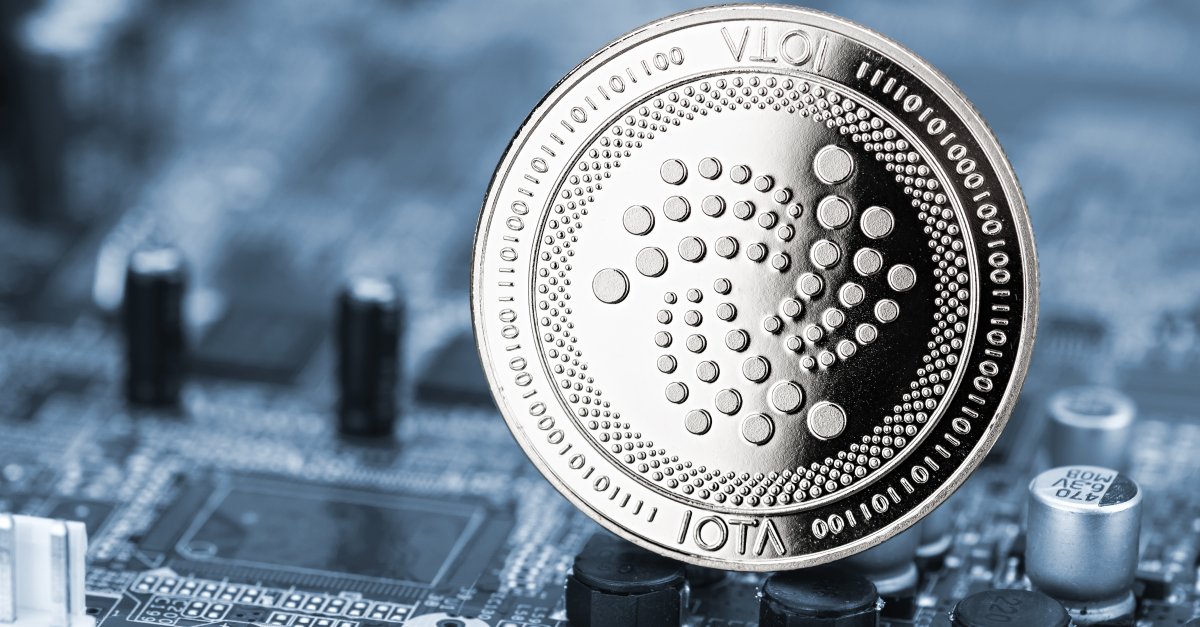The ever-expanding universe of cryptocurrency continues to witness a dynamic interplay between established giants like Bitcoin and Ethereum, and the constant emergence of new, often audacious, tokens vying for a foothold in this ever-evolving market. One such token, Pepe (PEPE), has recently rocketed into the spotlight, captivating investor attention with a noteworthy surge in its price. This unexpected rise has sparked a wave of curiosity and prompted a closer examination of the forces propelling PEPE’s ascent within the ever-shifting landscape of the cryptocurrency realm.
Current Price Snapshot of the Pepe coin:
- Price per PEPE Token (Price): $0.000008 USD (as of [date]) – This indicates the current value of a single PEPE token in US dollars. At this price point, PEPE is considered a very low-priced token, with each unit costing a fraction of a cent. It’s important to remember that price alone doesn’t necessarily reflect the overall value of a cryptocurrency.
- Total Market Value of All PEPE Tokens (Market Cap): $3.53 Billion USD – This figure represents the total market capitalization of PEPE. It’s calculated by multiplying the current price per token by the total number of PEPE tokens in circulation. In this case, even though the individual token price is low, the high circulating supply (see below) results in a significant total market value. This suggests a large amount of money is invested in PEPE overall.
- Total Value of PEPE Tokens Traded in the Last 24 Hours (24-Hour Trading Volume): $834.62 Million USD – This impressive number indicates a substantial amount of PEPE tokens were bought and sold within the last day. Active trading is a positive sign, suggesting investor interest and liquidity in the market for PEPE.
- Price Change Over the Past 24 Hours (Change): +7.41% – This positive percentage indicates that the price of PEPE has increased by 7.41% in the last 24 hours. This price movement suggests a period of growth for the token.
- Total Number of Tokens in Circulation (Circulating Supply): 420,689.90 Billion PEPE – This is a very large number of tokens, signifying a high overall supply of PEPE. The vast number of tokens in circulation contributes to the low price per individual token (as discussed in the price point). It’s important to consider the circulating supply when evaluating the overall market value (market cap) because it provides context for the total amount of money invested in the cryptocurrency.

Potential Factors Driving the Price Increase:
Several factors could be contributing to PEPE’s recent price rise:
- Meme Culture and Recognition: Pepe the Frog is a widely recognized internet meme, potentially attracting investors drawn to the cultural significance and potential for virality associated with the token.
- Market Speculation: The cryptocurrency market is known for its volatility and speculative trading. Investors may be buying PEPE based on anticipation of future price increases, fueled by the meme’s popularity or other unforeseen factors.
- Emerging Trends in Meme-Based Cryptocurrencies: The success of Dogecoin (DOGE), another meme-inspired cryptocurrency, might be leading investors to explore similar tokens like PEPE, hoping to replicate past successes.
Read this: Pepe Coin: A 64 % Curious Case of the Amphibious Cryptocurrency
The coin’s future:
While the current data suggests a positive trend for PEPE, it’s crucial to consider factors that could influence its future price:
1. Sustainability of Growth:
The current price increase for the coin might be a temporary phenomenon fueled by hype and speculation. Unlike established cryptocurrencies with real-world applications, PEPE’s value currently hinges heavily on its meme status and cultural relevance. This dependence on virality and internet trends creates a fragile foundation for sustained growth.
For PEPE to achieve long-term success, it needs to move beyond its meme-based appeal. This could involve developing actual use cases for the token within the cryptocurrency ecosystem. Examples might include integrating PEPE into decentralized finance (DeFi) protocols, utilizing it for content creation or governance within specific blockchain projects, or establishing partnerships with platforms or services that offer utility for the PEPE token.
Furthermore, widespread adoption of PEPE by other participants in the crypto market is critical. Increased acceptance by exchanges, wallets, and other crypto service providers would enhance the token’s accessibility and liquidity. This broader adoption would signal growing confidence in PEPE’s long-term potential.
Finally, overall market sentiment plays a significant role in the price of any cryptocurrency. If the general sentiment towards the crypto market sours, even tokens with strong fundamentals can experience price drops.
2. Market Volatility:
The cryptocurrency market is notorious for its inherent volatility. Sudden and often unpredictable fluctuations in price are a defining characteristic of this asset class. Unexpected events, such as regulatory crackdowns, major hacks, or negative news surrounding prominent crypto projects, can trigger market-wide price drops.
Even tokens experiencing a positive trend, like PEPE’s recent upswing, are not immune to sudden volatility. Changes in investor sentiment, large sell-offs by major holders, or even algorithmic trading activity can lead to rapid price declines.
Investors considering PEPE need to be prepared for this inherent volatility and possess a high tolerance for risk. A well-diversified investment portfolio can help mitigate the impact of price swings in any single cryptocurrency.
Also read: The Domino Effect of FTX Crash : How One Exchange’s Collapse Can Rock the Entire Crypto Market
3. Regulatory Landscape:
The regulatory landscape surrounding cryptocurrencies remains uncertain. Governments around the world are still grappling with how to best regulate this nascent asset class. The lack of clear regulations creates uncertainty for investors and businesses operating within the crypto space.
Stringent regulations could stifle innovation and hinder the adoption of PEPE and other cryptocurrencies. Conversely, overly permissive regulations could expose investors to greater risks associated with fraud or scams.
Developments in the regulatory landscape, both domestically and internationally, will significantly impact the overall crypto market and, consequently, the price of PEPE. Investors should stay informed about evolving regulatory policies and how they might affect their investment decisions.
Conclusion:
While PEPE’s current price data suggests a potential upswing, it’s premature to declare a guaranteed long-term trajectory. Prospective investors in PEPE would be wise to conduct a comprehensive investigation of the project, fully grasp the inherent risks associated with cryptocurrency investments, and proceed with a measured approach. The undeniable influence of meme culture on the crypto market has been undeniable, but for PEPE to achieve lasting success, it will likely need to establish practical value beyond its memetic origins. As the ever-changing crypto landscape continues to morph, ongoing analysis of price fluctuations and the underlying factors driving them will remain essential for making informed investment decisions concerning PEPE and other burgeoning tokens.



